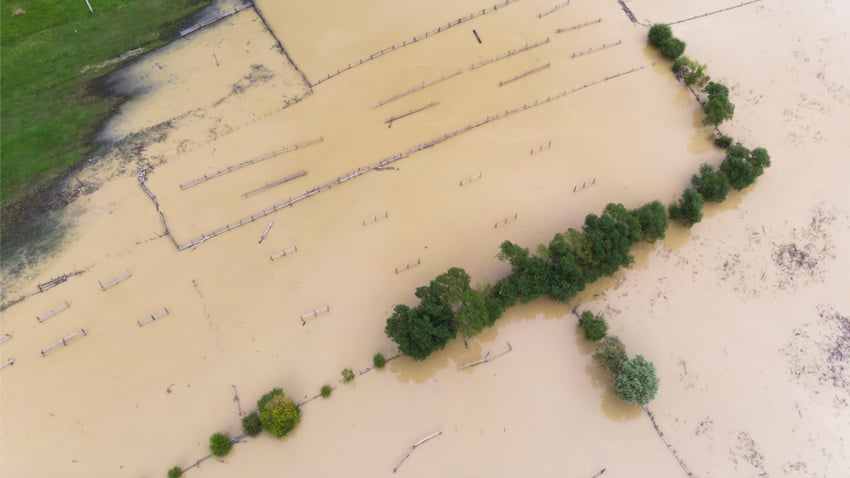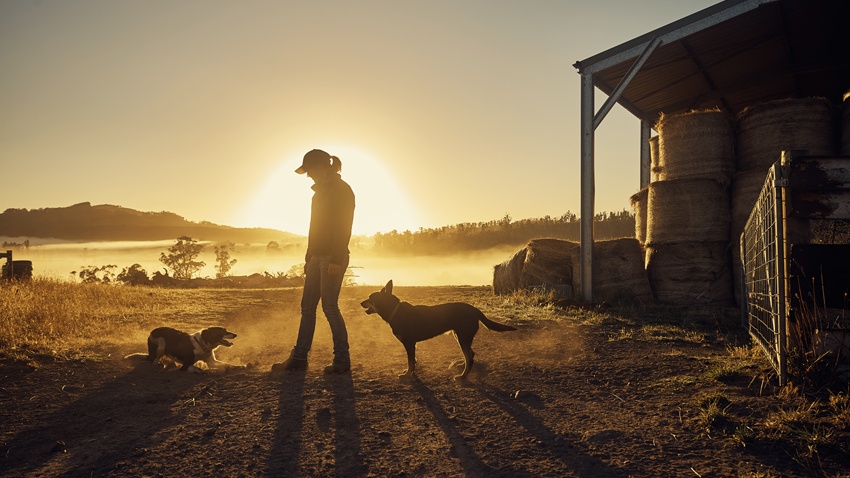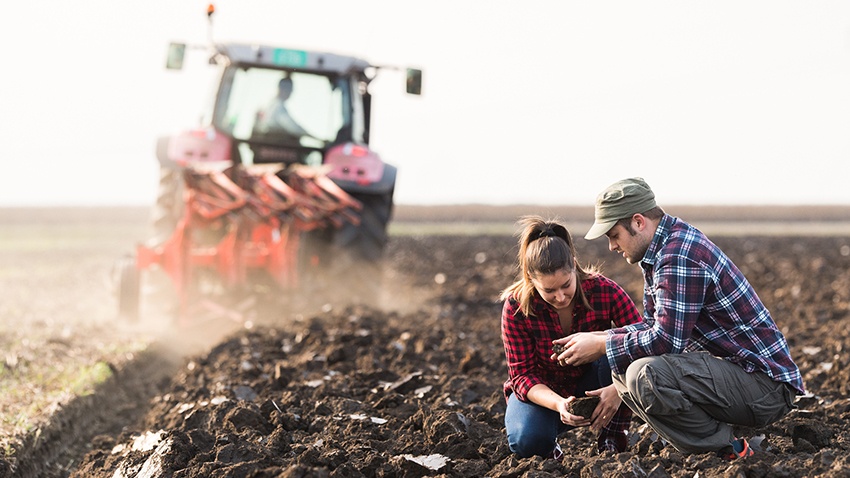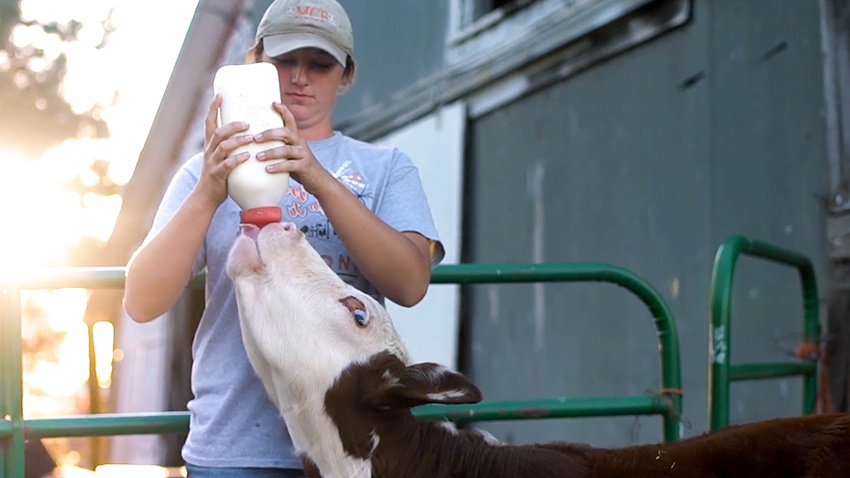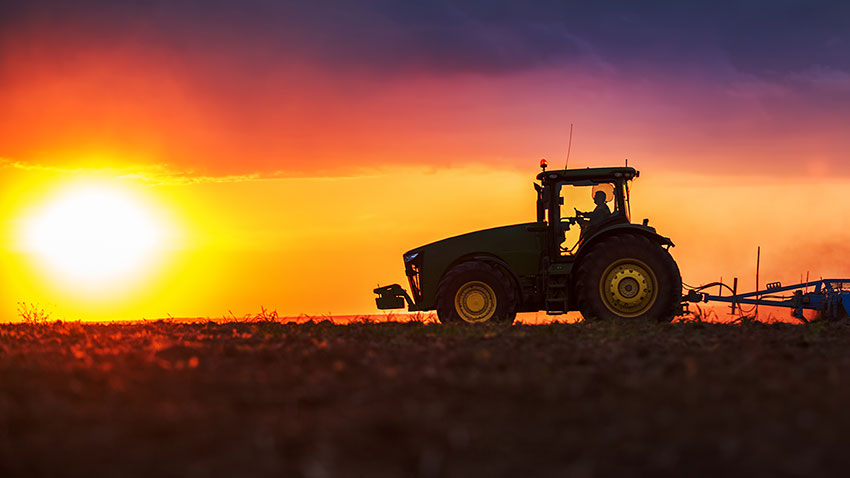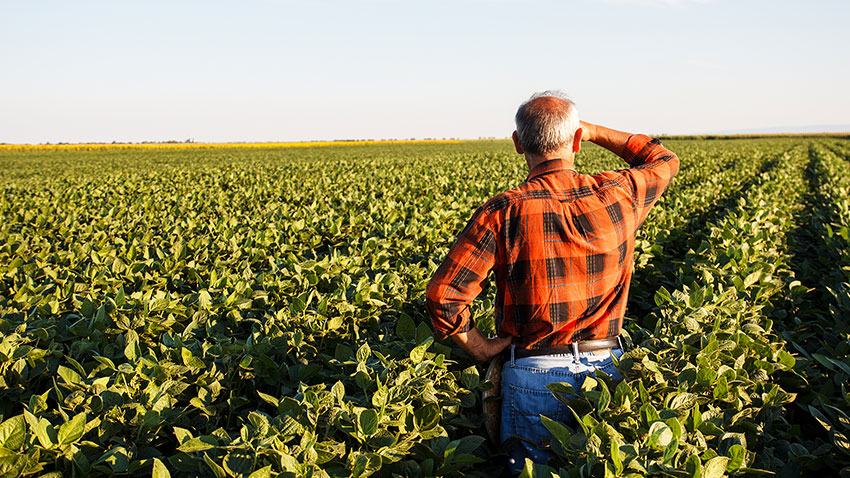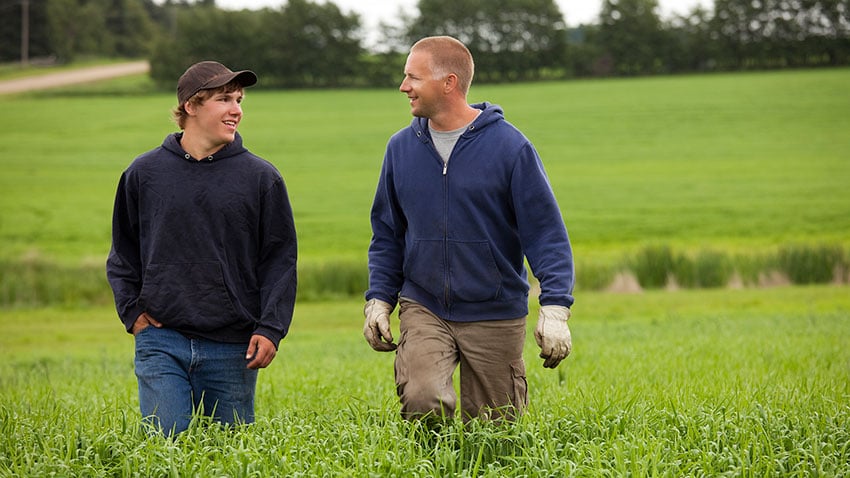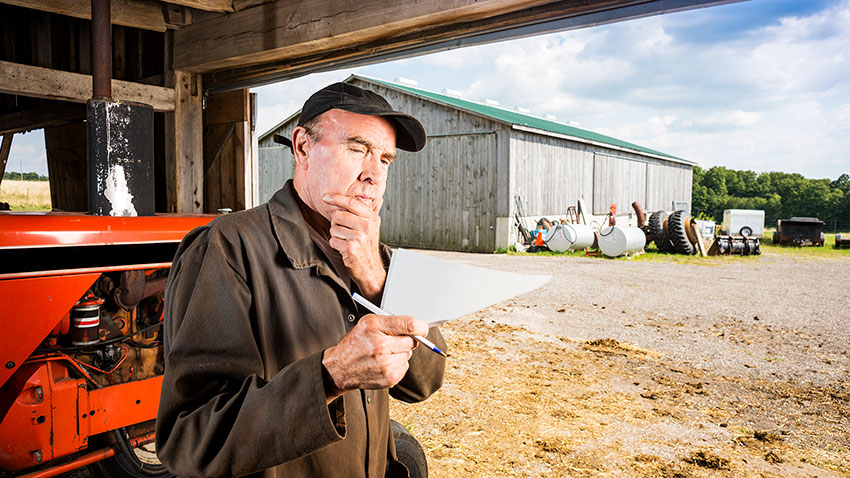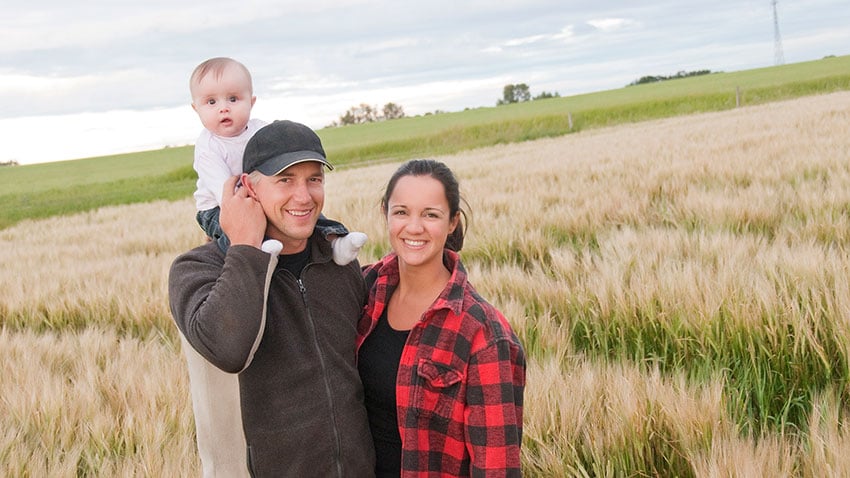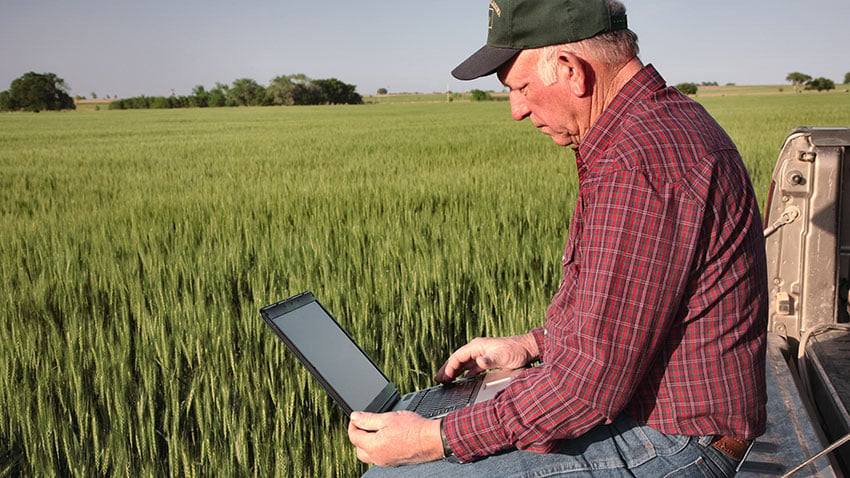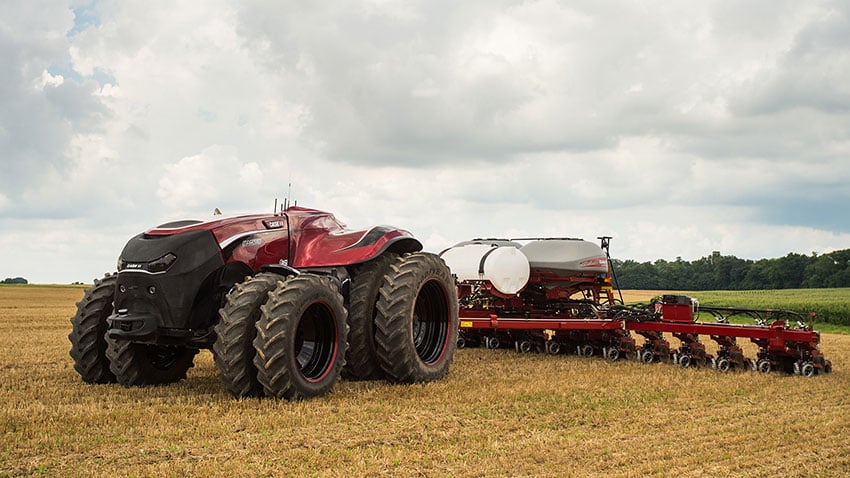
Autonomous tractors, telematics, crop sensors?
Autonomous tractors stole the show at this year’s Husker Harvest Days and at other farm shows across the country. Autonomous agricultural equipment is just one item on a seemingly endless list of new farm technology on the horizon. But let’s not get ahead of ourselves. We haven’t even seen a good movie with ag robots taking over the world yet. So it’s sure to be a few more years before they show up in Nebraska, right?
If you were at Husker Harvest Days this year, the autonomous tractors there probably caught your eye. The cab-free design from Case IH certainly looked futuristic and commanded a lot of attention, while the design from New Holland kept the cab in place and felt more familiar. But the idea is the same – to increase efficiency for the farmer and reduce overall labor costs and dependencies.
Whenever it comes to new farm technology, though, there seems to be a recurring pattern playing out over five to ten years: an initial trigger of innovation in the scientific and manufacturing community, a wave of high expectations and excitement, delays in product development and, finally, product introduction and acceptance.
For example, look at GPS guidance systems in tractors for precision row spacing and spraying. Or yield mapping used to generate prescription chemical and fertilizer applications. Ten years ago, these technological advancements were just ideas; today, they’re fairly commonplace.
Other New Farm Technology On The Way
- Advanced telematics – allowing mechanical devices such as tractors to warn of impending breakdowns.
- Infrastructure sensors – used in buildings or other structures to monitor vibrations and material conditions and alert farmers of maintenance needs.
- Crop sensors – an advancement over yield mapping, crop sensors will allow you to adjust fertilizer or chemical applications in real time.
- Aerial drones – for 3D terrain mapping, plant counting and measurement, weed detection and health monitoring.
- RoboBees – for pollinating crops and high-resolution field mapping.
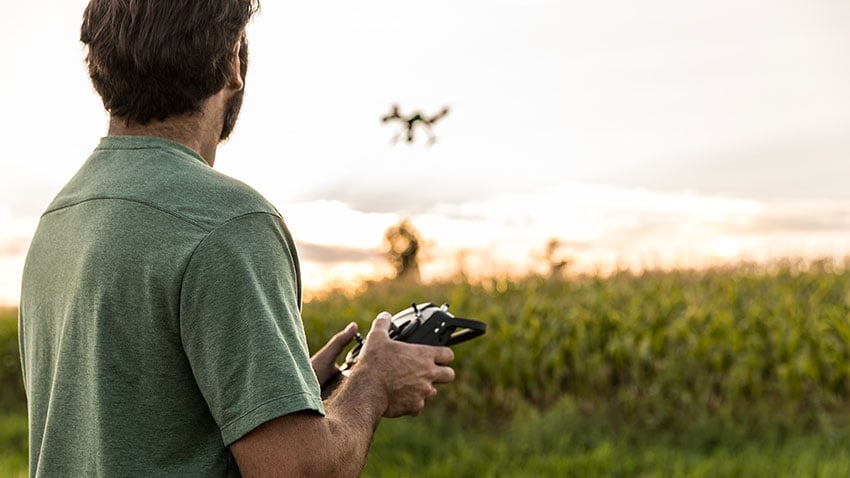
Local Farmers Using Drones
In fact, just this summer aerial drones began playing a more significant role in precision agriculture for several area farmers.
“We started using aerial drones five years ago,” said Sam Krueger, farming near Blue Hill. “It was new and fun, but with just a regular camera it wasn’t very productive.
“Since then they’ve come out with the NDVI camera, which lets you gather a lot of data that tells you how your crop is doing. Then this summer, we were able to use aerial drones for plant population counts – that’s huge. Instead of doing sample stand counts, we were able to get precise counts by acre – in June and July. And the earlier you know how your crop is doing, the more options you have for how you need to respond.”
While the list of potential advancements in engineering, automation and sensors is lengthy, don’t be surprised if ten years from now these and other developments are as commonplace as GPS guidance systems and yield mapping.
Of course, these developments have to be financially viable, too. New technology has to help the farmer reduce costs or increase yields. So, market prices have to support the farmer’s investment in new technology.
Today’s corn and soybean prices make us think it’s probably a good thing ag robots are still a few years away.

Jeff Kreycik is the Market President for Kearney and Riverdale and on the Board of Directors for Heartland Bank. He graduated from the University of Nebraska at Kearney with a degree in Agri-business and currently has over 15 years experience in banking. Outside of work Jeff enjoys spending time with his family.


.jpg)
